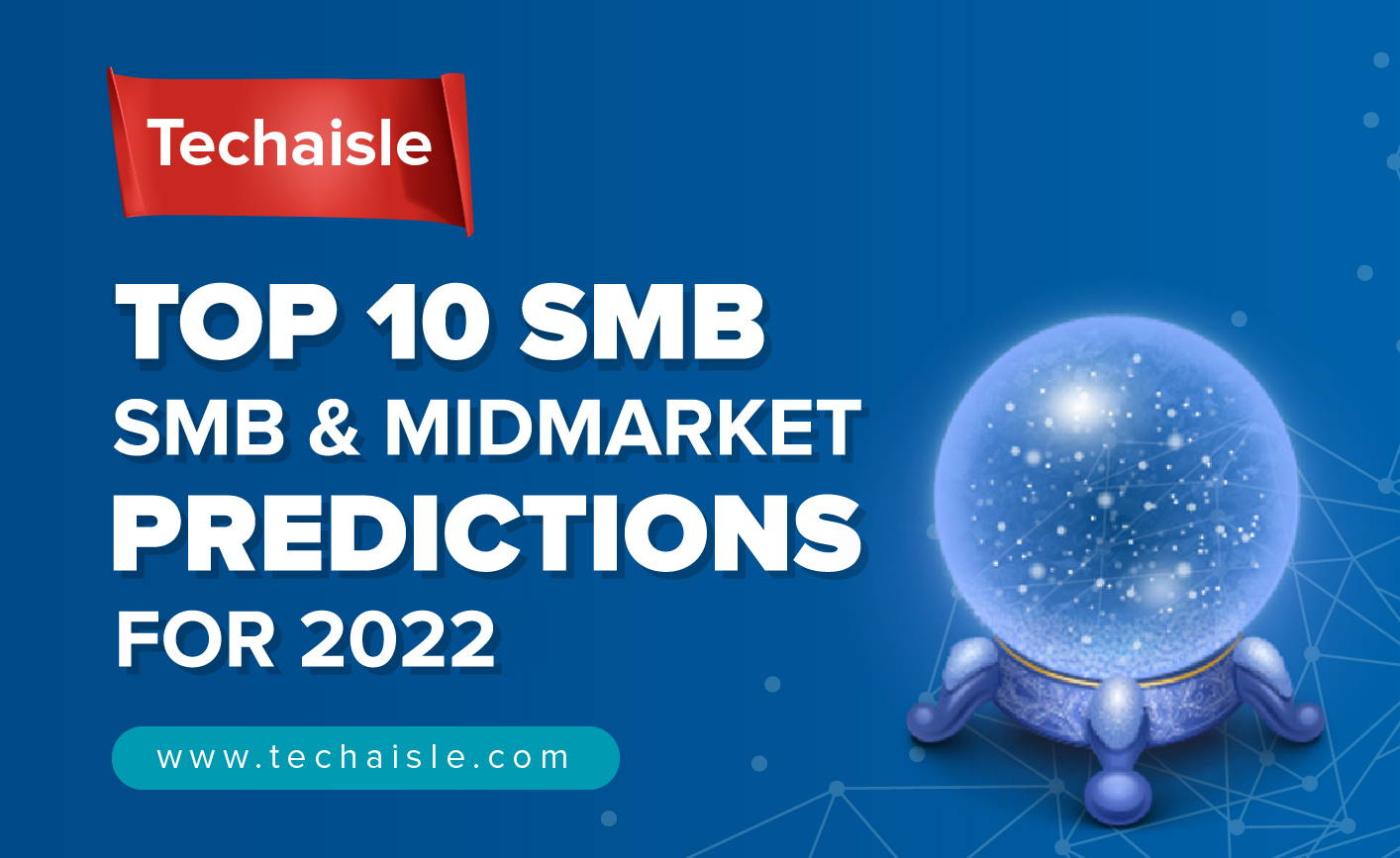'Knowing what we don't know' is often the thorniest complication in decisions. A unified and contextual insights strategy mitigates this risk by ensuring that data from within the organization is aggregated, giving decision-makers the most complete and up-to-date information possible. Zoho One promises to deliver contextual critical business insights for Midmarket firms and SMBs.
Zoho has 500,000 customers, over 70 million users, and 40,000 customers on Zoho One, a product introduced to the market in 2017. One of the customers has 32,000 employees using Zoho One. What is Zoho One? It is a collection of 45 apps that span all primary business functions, with CRM, analytics, and communications being the most used, followed by accounting, helpdesk, and Sales IQ. Driven by the need for increased team collaboration and conversation in the last year, Zoho Cliq, a chat app, has become the third most used app within Zoho One. Having great success in the services vertical industry, Zoho is making quick inroads into the real estate, banking, and other financial services market segments.
Do businesses subscribe to Zoho One all at once or plod and pedal from one app to many? The answer lies in the market segment. Small businesses adopt and use all apps simultaneously, mainly because they see Zoho One as a path to transformation and digitalization with the least friction. It is relatively easy to adopt a single app, connecting its inputs and outputs to relevant internal systems and processes. Likewise, it is possible to adopt a handful of apps, hand-wiring the interconnections between them and adjacent applications. But this craft-built approach to digitalization is not aligned with longer-term visions of scale, flexibility, and agility. It creates management overhead and performance and security risks for small businesses. Zoho One, an integrated platform, quickly offers a cohesive approach to addressing several business pain points concurrently.
Midmarket firms often explore multiple apps before committing to Zoho One. Either through experience and education, one or several Zoho application parleys to adopt Zoho One or many midmarket firms prefer to work with only a few apps. Zoho's integration with its competitors helps the midmarket firms immensely, making it a more straightforward decision than identifying resources for automation and integration.
While we generally consider "SMB" as a single segment, there are often differences between the "S" and "M" segments – and their approach to cloud business application adoption illustrates one such difference. Midmarket businesses usually have complex deployments. The most common midmarket cloud application workloads provide a technology platform for enabling processes rather than an application platform for expanding the depth of specific tasks within the organization. Small businesses look to the cloud to primarily enable agility, while midmarket firms are also interested in improving IT efficiency.
What is next for Zoho One? There are five new apps, three new services, and seven platform enhancements to help "businesses unify systems, data, and teams." Two announcements interest me the most because they are universally applicable to all small and midmarket businesses regardless of cloud maturity, size, and vertical industry.
















